The Canadian dollar has a knack for catching markets, analysts, and everyday Canadians off guard. From sudden rallies to unexpected drops, it has been influenced by everything from oil prices and interest rates to global political shifts. Sometimes its strength has boosted Canadians’ buying power abroad, while other times its weakness has jolted exporters and importers alike. Here are 22 times the Canadian dollar surprised everyone:
The 2007 Surge Above Parity

In September 2007, the Canadian dollar shocked the world by climbing above parity with the U.S. dollar for the first time in 31 years. Fueled by soaring oil prices, strong economic growth, and a weakening U.S. greenback, the loonie hit US$1.10 in November, briefly making cross-border shopping and U.S. travel cheaper for Canadians. The rapid rise caught exporters off guard, squeezing profit margins and forcing many to rethink pricing strategies. While consumers celebrated the buying power, businesses dependent on foreign markets were scrambling to adapt to an unfamiliar reality of a stronger Canadian dollar.
The Oil Price Collapse of 2014
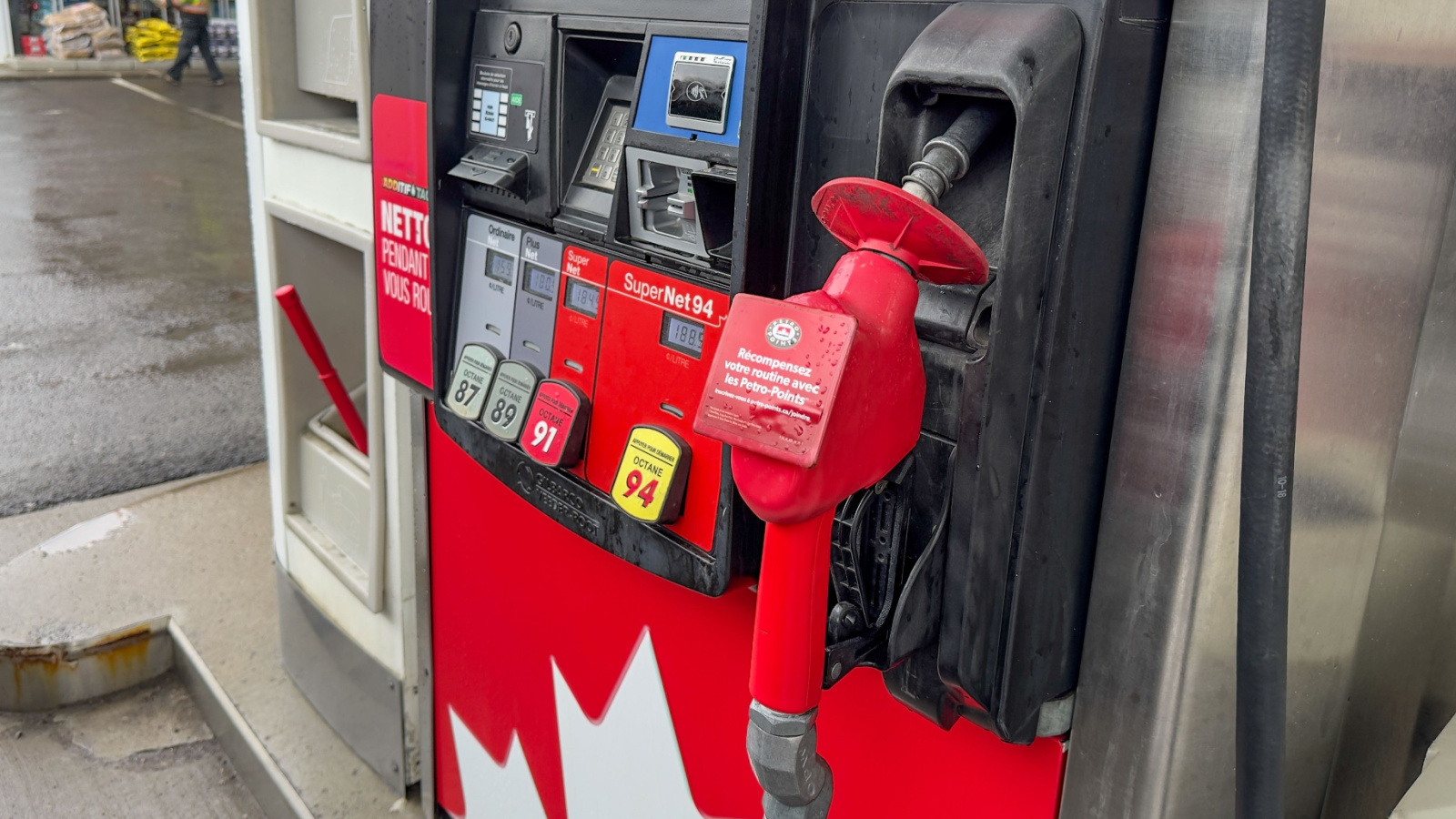
When oil prices began tumbling in mid-2014, few expected the Canadian dollar to fall as sharply as it did. Within 18 months, the loonie plummeted from around US$0.94 to below US$0.70, its lowest level in over a decade. With Canada’s economy so heavily tied to energy exports, the drop underscored just how vulnerable the currency is to commodity swings. The sudden depreciation made imports more expensive, impacting everything from groceries to electronics, but gave exporters and the tourism industry a welcome boost.
The 1991 Gulf War Rally

During the 1991 Gulf War, many expected global uncertainty to push the Canadian dollar lower. Instead, it climbed against the U.S. dollar, driven by a surge in demand for commodities and Canada’s perceived political stability. The rise surprised analysts, who had predicted investors would flock solely to the U.S. dollar as a haven. This was a moment when Canada’s reputation for stability worked in its favor, attracting foreign investment. The rally demonstrated that geopolitical events don’t always follow the expected script when it comes to currency movements.
The Post-COVID Recovery Bounce

After hitting US$0.69 in March 2020 during the pandemic’s early panic, the Canadian dollar rebounded sharply over the next year, reaching US$0.83 by May 2021. This recovery was driven by a global economic rebound, rising commodity prices, and optimism around vaccination rollouts. Many economists had predicted a slow climb, but the loonie’s quick resurgence caught even seasoned traders by surprise. For Canadian travelers and importers, the stronger dollar offered relief, while exporters felt the pinch of reduced foreign buying power, proving that recovery patterns can defy even cautious market forecasts.
The 1976 Olympic Dip

Hosting the 1976 Summer Olympics in Montreal should have been an economic win, but instead, Canada saw its dollar weaken. A combination of overspending on the Games, rising inflation, and falling commodity prices pushed the loonie down against the U.S. dollar. Many at the time didn’t anticipate such a noticeable impact from the event, but it highlighted the risks of large-scale public projects when economic fundamentals aren’t strong. While the Games were a cultural highlight, they left a lasting impression on fiscal policy and the Canadian dollar.
Rally After Bank of Canada Rate Hikes
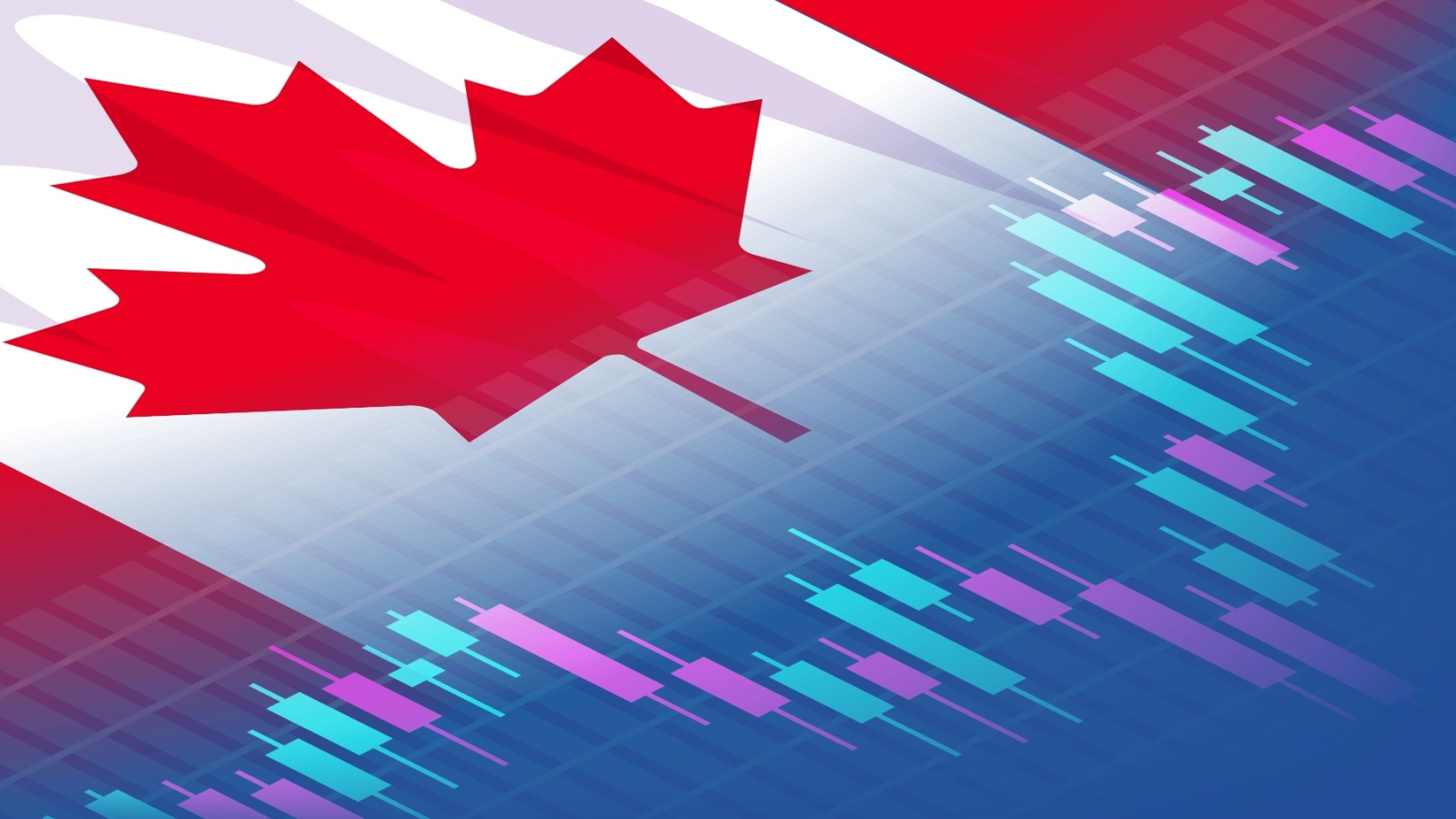
The Canadian dollar has shown an uncanny ability to strengthen sharply after unexpected interest rate hikes by the Bank of Canada. When markets anticipated a slower pace of tightening, surprise moves often sent the loonie climbing as higher rates made Canadian assets more attractive to global investors. These sudden rallies caught currency traders off guard, especially when rate decisions were framed as defensive measures against inflation rather than growth-driven. For seasoned analysts, it reinforced how central bank signals could quickly reshape the loonie’s trajectory in ways that defied conventional market wisdom.
Boost from Oil Sands Development

During the early 2000s, Canada’s oil sands boom sent the Canadian dollar soaring. As global oil demand surged and crude prices climbed, investors poured money into Canadian energy projects, pushing the loonie to heights not seen in decades. Alberta’s oil wealth suddenly became a national economic driver, boosting government revenues and drawing international attention. For a period, the dollar was seen as a petro-currency, moving in lockstep with oil prices. This energy-driven rally demonstrated how resource wealth could quickly shift the country’s currency fortunes and position Canada as a global energy player.
Outperforming During U.S. Slowdowns
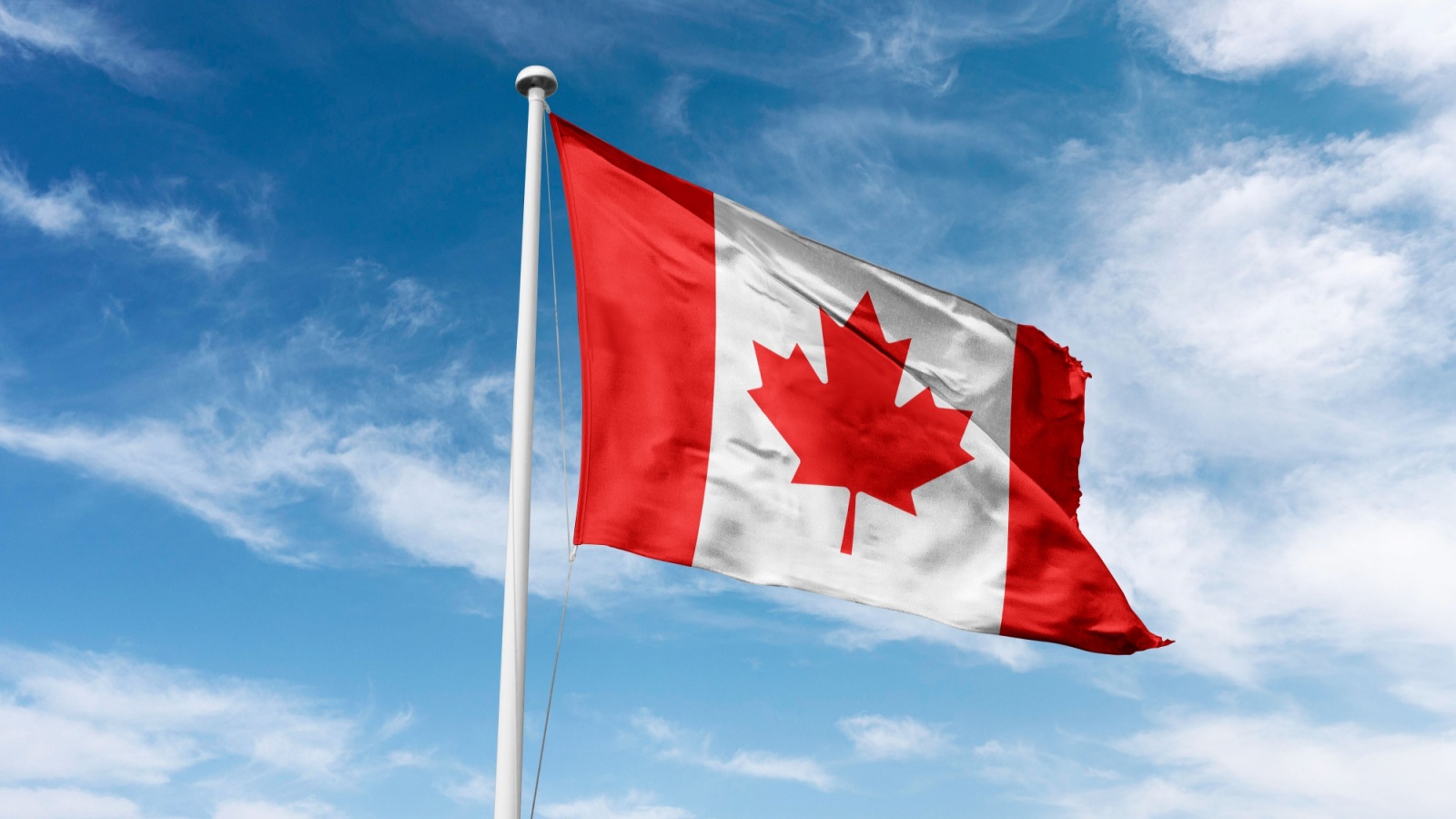
While the U.S. economy typically sets the tone for the Canadian dollar, there have been times when the loonie defied expectations during American slowdowns. In certain periods, Canada’s strong banking system, prudent fiscal policies, and stable housing market gave investors confidence even when the U.S. struggled. This safe-haven status occasionally shielded the currency from the full brunt of U.S. recessions, allowing it to hold its value or even rise. For global investors, it was a reminder that Canada could chart its own economic course, even when its largest trading partner stumbled.
Canadian Dollar Tops Gold Rush Era Levels
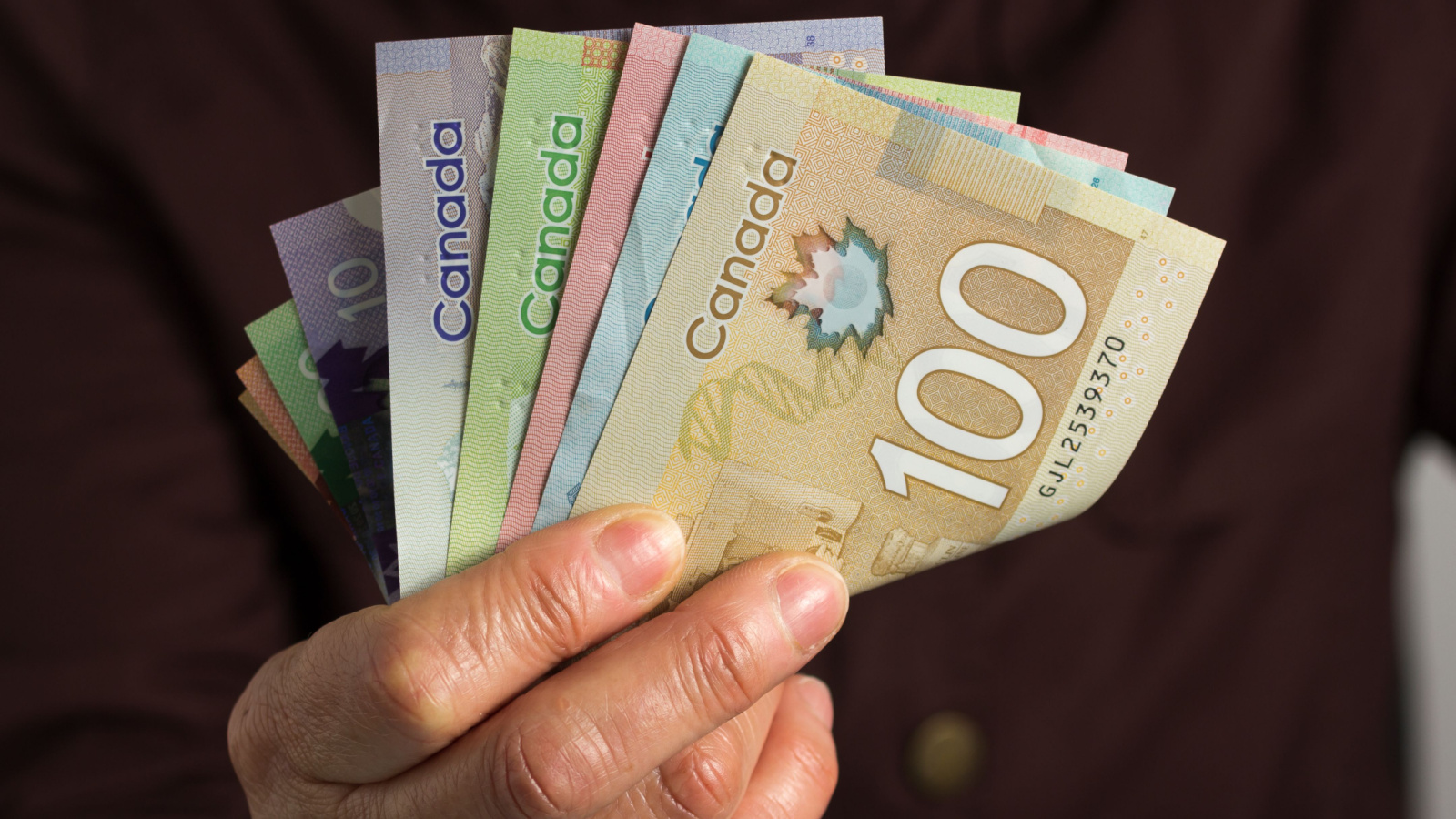
In April 2011, the Canadian dollar traded above US$1.05, which was its highest sustained level since the gold rush days of the 19th century. The surge came as oil prices soared past $110 per barrel, sending a wave of petrodollars into the economy. With the U.S. still recovering sluggishly from recession, investors sought the stability of Canada’s resource-backed currency. For Canadians, this meant cheaper travel, more affordable U.S. imports, and a rare sense of financial swagger. Even skeptics admitted the loonie had proven it could hold its own against the world’s most dominant currency.
2016 Oil Price Recovery Strengthens the Loonie
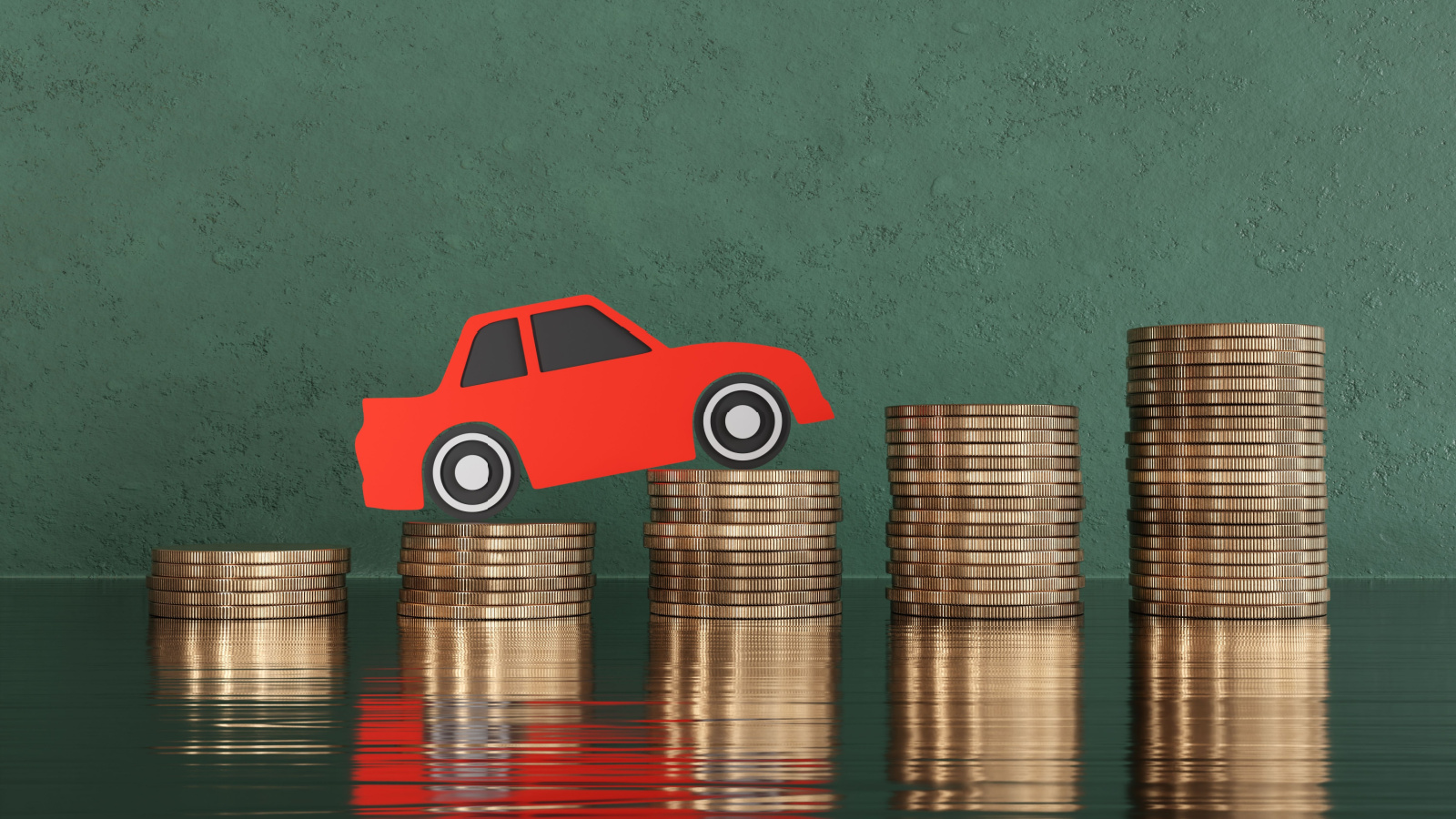
In early 2016, the Canadian dollar had slumped alongside collapsing oil prices, bottoming near 68 cents USD. However, as global oil markets unexpectedly stabilized, the loonie staged a strong rebound, climbing above 78 cents by year’s end. This swift turnaround defied many analysts who had predicted a prolonged slump, and energy exports, a critical driver of Canada’s economy, benefited from the recovery, restoring confidence in the currency. For many Canadians, it was a reminder of how quickly commodity markets can change and how closely the loonie’s fortunes are tied to oil.
2017 Rate Hikes Boost Currency Confidence
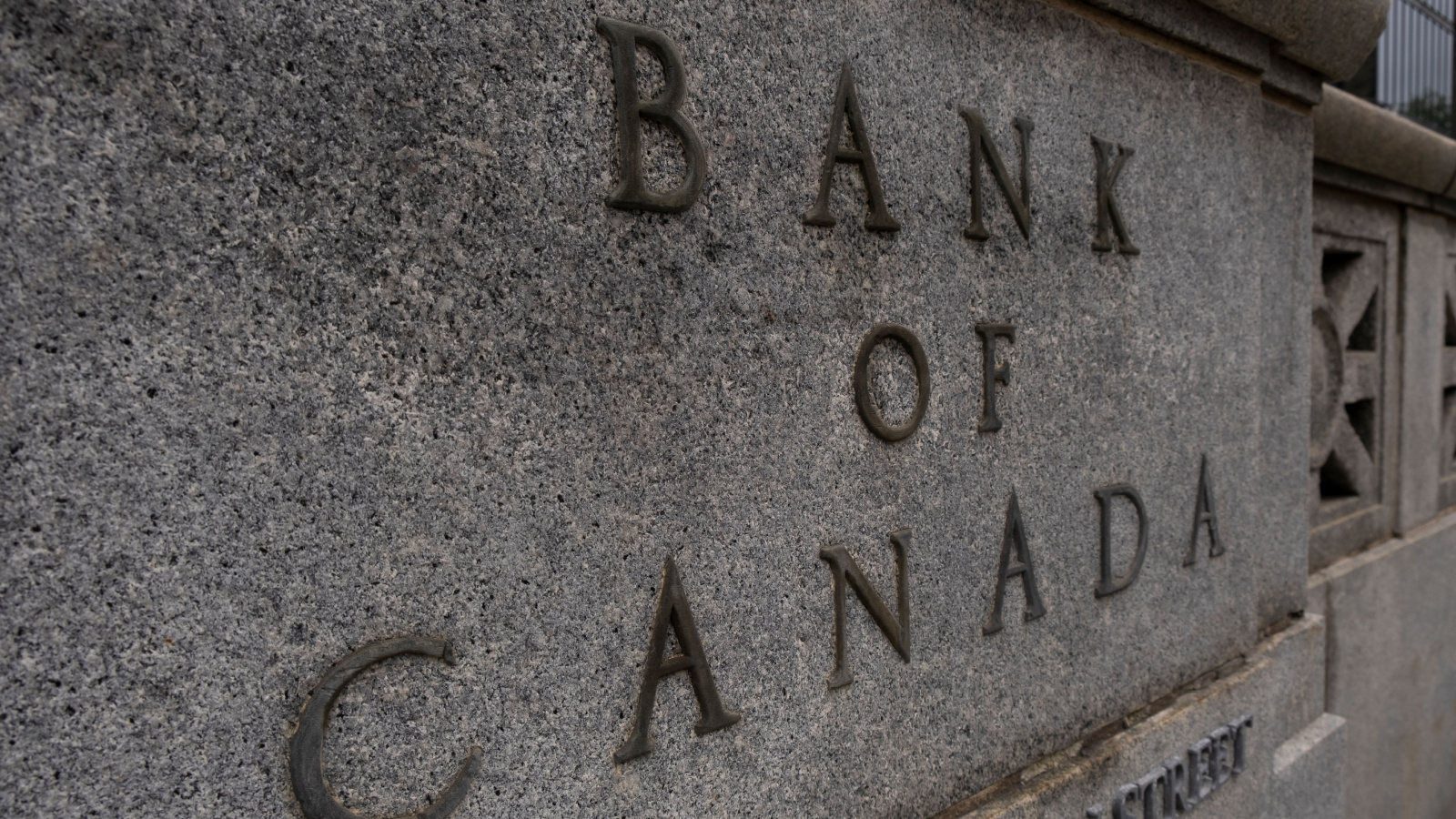
After years of near-zero interest rates, the Bank of Canada surprised markets in 2017 with back-to-back interest rate hikes. This move signaled confidence in the country’s economic growth and sparked immediate investor interest in the loonie. Within weeks, the Canadian dollar rose to over 82 cents USD, marking one of its strongest runs in years. Many traders had underestimated Canada’s economic resilience, making the currency’s climb a wake-up call for skeptics, and a classic example of how central bank policy can quickly shift market sentiment.
2018 Trade Deal Optimism Lifts the Loonie
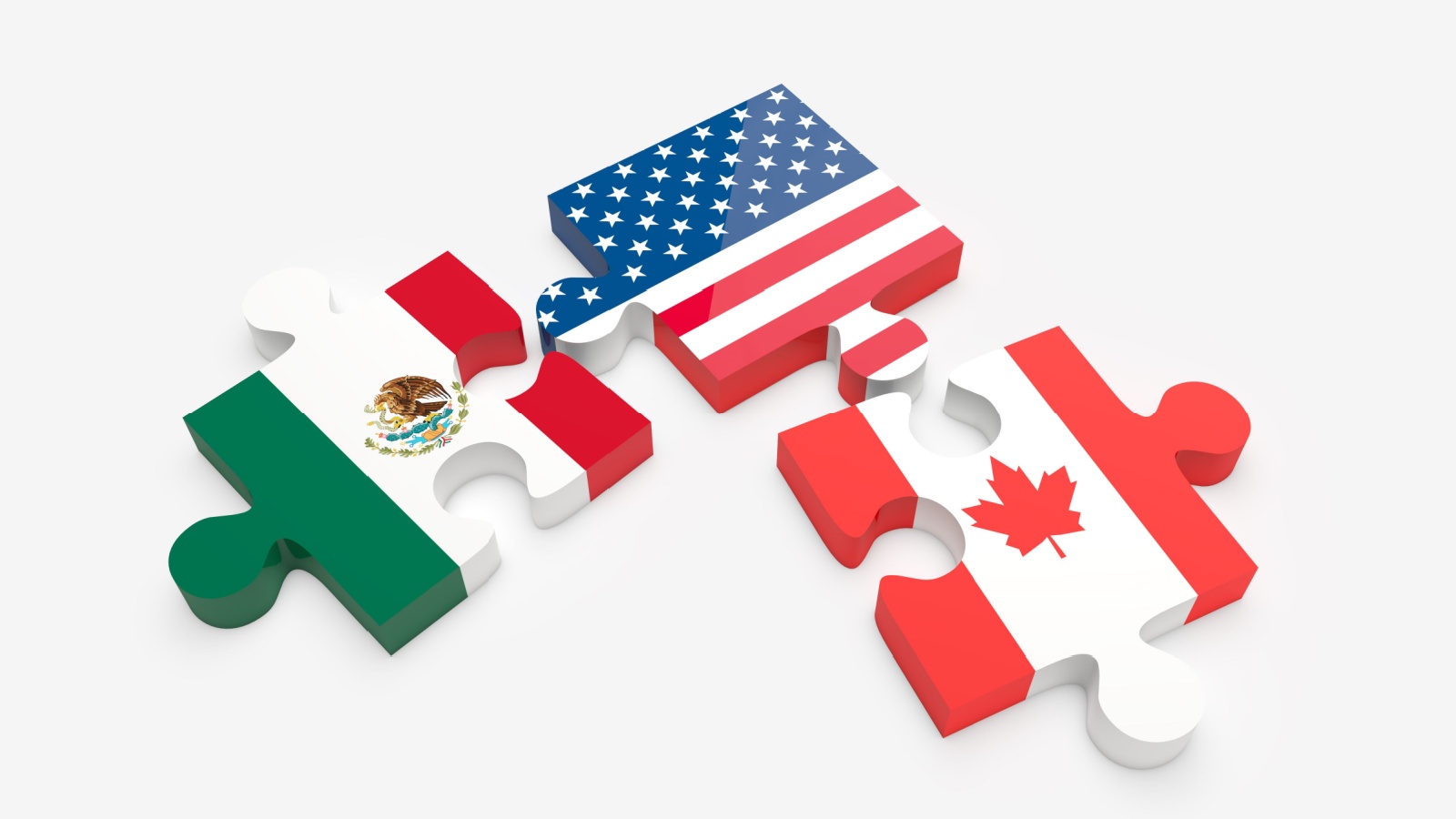
When Canada, the U.S., and Mexico announced a breakthrough in negotiations to replace NAFTA with the USMCA, the Canadian dollar surged almost immediately. Markets had been bracing for a potential collapse in trade relations, which would have been devastating for Canada’s export-driven economy. Instead, the deal restored investor confidence and erased weeks of uncertainty. The loonie’s jump showed how sensitive currency markets are to geopolitical developments and how quickly optimism can return when a worst-case scenario is avoided.
2019 Economic Resilience Defies Global Slowdown

In 2019, global trade tensions and slowing growth weighed heavily on most currencies. Yet the Canadian dollar remained remarkably steady, supported by strong domestic job numbers and steady oil exports. While other economies faltered, Canada posted better-than-expected GDP growth, surprising analysts who had predicted a downturn. This stability helped the loonie hold its ground against the U.S. dollar and even strengthen slightly, proving that Canada’s diversified economy could weather global headwinds better than many had anticipated.
2020 Pandemic Shock and Rapid Recovery

When COVID-19 hit, the loonie plunged in March 2020 as oil prices collapsed and uncertainty spiked. But by summer, it had staged a remarkable comeback, driven by record government stimulus, strong housing activity, and recovering commodity markets. By the end of the year, the Canadian dollar had regained nearly all its losses, defying early predictions of a prolonged slump. This resilience underscored how quickly market sentiment can shift and how Canada’s resource base and fiscal measures can stabilize the currency even in historic crises.
2021 Oil Rally Sparks a Currency Surge

In 2021, oil prices roared back from pandemic lows, with benchmark crude surpassing $70 a barrel. For the Canadian dollar, this was rocket fuel. The loonie climbed to its highest level in six years, briefly trading above 83 cents USD. The rally caught many off guard, especially after 2020’s economic chaos. Investors suddenly saw Canada as a prime beneficiary of the global recovery, and the currency’s rapid appreciation forced exporters and importers alike to rethink their strategies almost overnight.
Resilience During Commodity Slumps

Contrary to the usual narrative that the loonie sinks when commodities fall, there have been periods when the Canadian dollar held its ground despite drops in oil, gas, or metals. This resilience often came during times of strong fiscal management, steady immigration-driven growth, or robust export diversification. Instead of sliding alongside resource prices, the currency sometimes drew support from investor confidence in Canada’s broader economic stability. These episodes surprised observers who assumed Canada’s fortunes and its dollar were too tightly tied to the global commodity cycle to ever break free from it.
Strength During Political Uncertainty

In certain moments of domestic political turbulence, from minority government instability to regional tensions, the Canadian dollar has managed to stay surprisingly strong. This defied the common market logic that political uncertainty weakens a nation’s currency. In Canada’s case, the perception of strong institutions, the rule of law, and a reliable banking system often offset political jitters. Instead of panicking, foreign investors sometimes used such periods as an entry point into Canadian assets, trusting that governance norms would prevail, making it one of the few currencies in the world where politics doesn’t always dictate market moves.
Bounce-Back After Natural Disasters

When floods, wildfires, or other natural disasters have struck Canada, initial market reactions sometimes sent the loonie lower on concerns about economic disruption. Yet in several cases, the currency rebounded quickly, often within weeks, once recovery spending, insurance payouts, and reconstruction projects kicked in. This post-disaster resilience has surprised analysts expecting longer-term economic damage. The quick rebounds demonstrated how Canada’s disaster preparedness, strong insurance industry, and coordinated federal-provincial response mechanisms can cushion the financial blow and restore investor confidence far faster than in many other countries.
Gains from U.S. Dollar Weakness
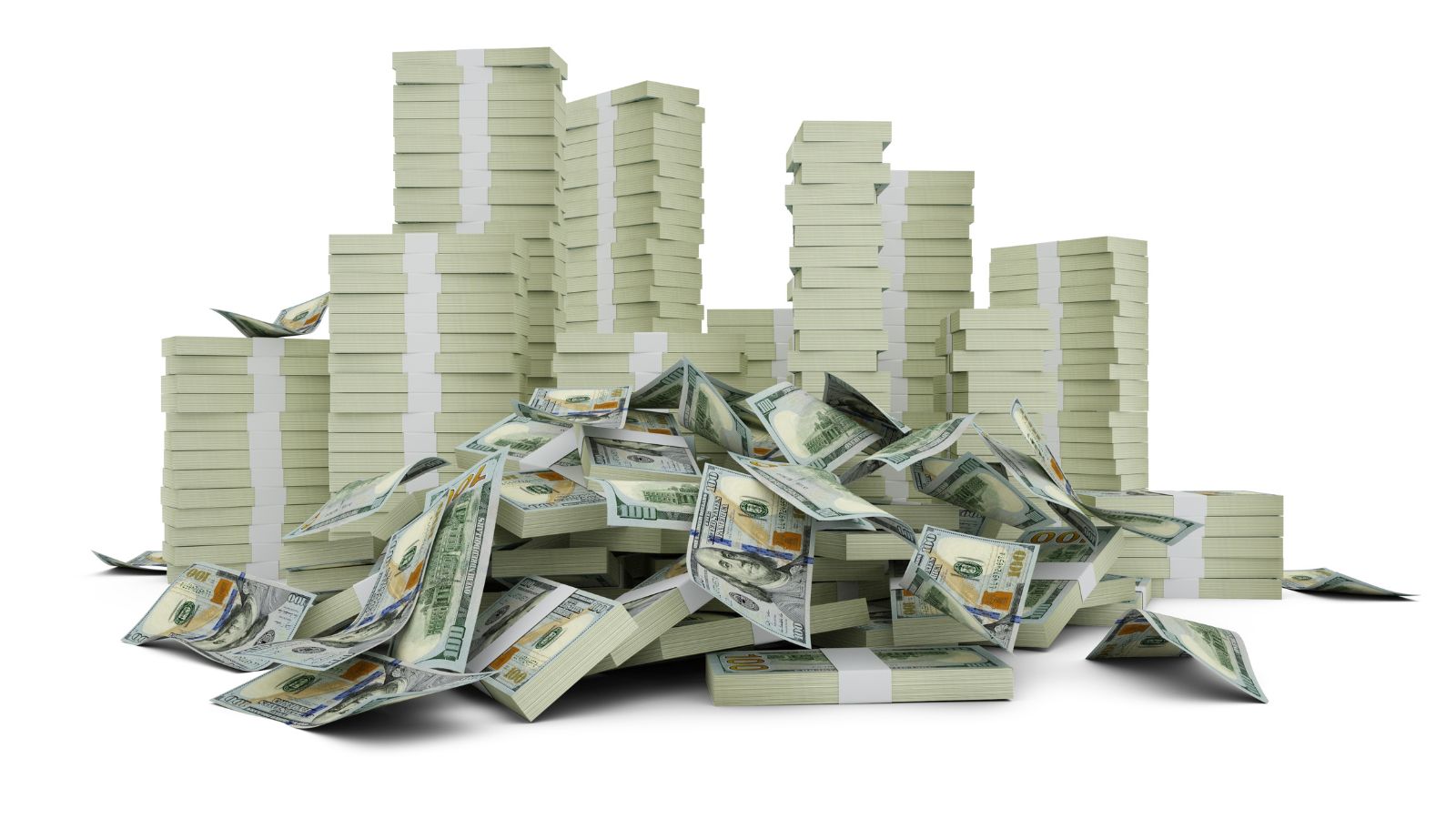
While Canada’s currency typically gets more attention for its own moves, some of its biggest rallies have come not from domestic strength but from sudden U.S. dollar weakness. When the greenback faltered due to U.S. debt ceiling fights, trade disputes, or monetary policy shifts, the loonie often gained ground simply by being a more stable alternative. These moments, when Canada benefited from America’s economic missteps, caught traders by surprise for both their speed and scale. They were reminders that sometimes the loonie’s biggest wins come not from what Canada does, but from what its neighbor doesn’t.
Soaring on Global Commodity Runs
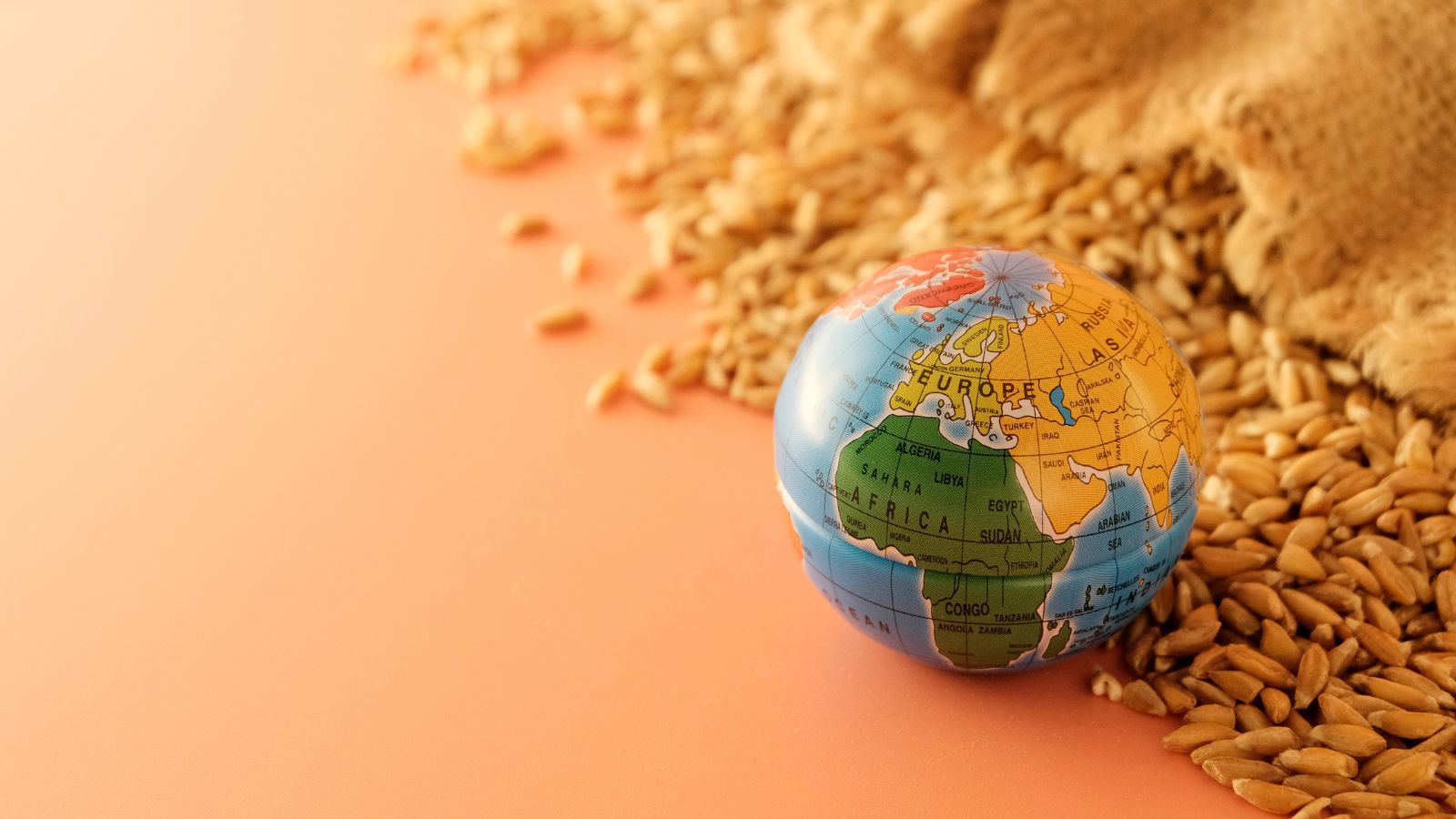
The Canadian dollar has a long history of gaining rapidly during synchronized global commodity booms, like periods when oil, metals, lumber, and agricultural exports all rise together. In such times, Canada’s diverse resource base allows it to ride multiple price surges at once, sending the loonie sharply higher. These rallies have often exceeded forecasts, with the currency strengthening faster than expected thanks to surging export revenues and trade surpluses. For investors, these moments underscored just how powerful Canada’s natural resource mix can be when the global economy enters an inflationary upswing.
Rally from Housing Market Strength

Canada’s hot housing market has occasionally lent surprising support to its currency. During years of record-breaking home prices and robust construction, the loonie benefited from capital inflows tied to real estate investment and mortgage-backed securities. Foreign buyers drawn to cities like Toronto and Vancouver helped boost demand for Canadian dollars. Even domestic housing resilience during global slowdowns bolstered investor sentiment, challenging the belief that the loonie is only a commodity play. While housing’s role in currency valuation is often overlooked, these periods proved that it can quietly be a significant driver.
Holding Firm During Global Market Shocks

In some of the most severe global financial shocks, ranging from sudden equity crashes to geopolitical crises, the Canadian dollar has held up better than expected. Its relative stability during such turmoil has occasionally made it a short-term haven, especially compared to more volatile commodity-linked currencies. This unexpected durability often came from Canada’s strong credit rating, transparent monetary policy, and perception as a low-risk destination for capital. For traders who assumed the loonie would crumble in a crisis, these episodes were a stark reminder that Canada’s fundamentals can sometimes defy market panic.
21 Products Canadians Should Stockpile Before Tariffs Hit

If trade tensions escalate between Canada and the U.S., everyday essentials can suddenly disappear or skyrocket in price. Products like pantry basics and tech must-haves that depend on are deeply tied to cross-border supply chains and are likely to face various kinds of disruptions
21 Products Canadians Should Stockpile Before Tariffs Hit
